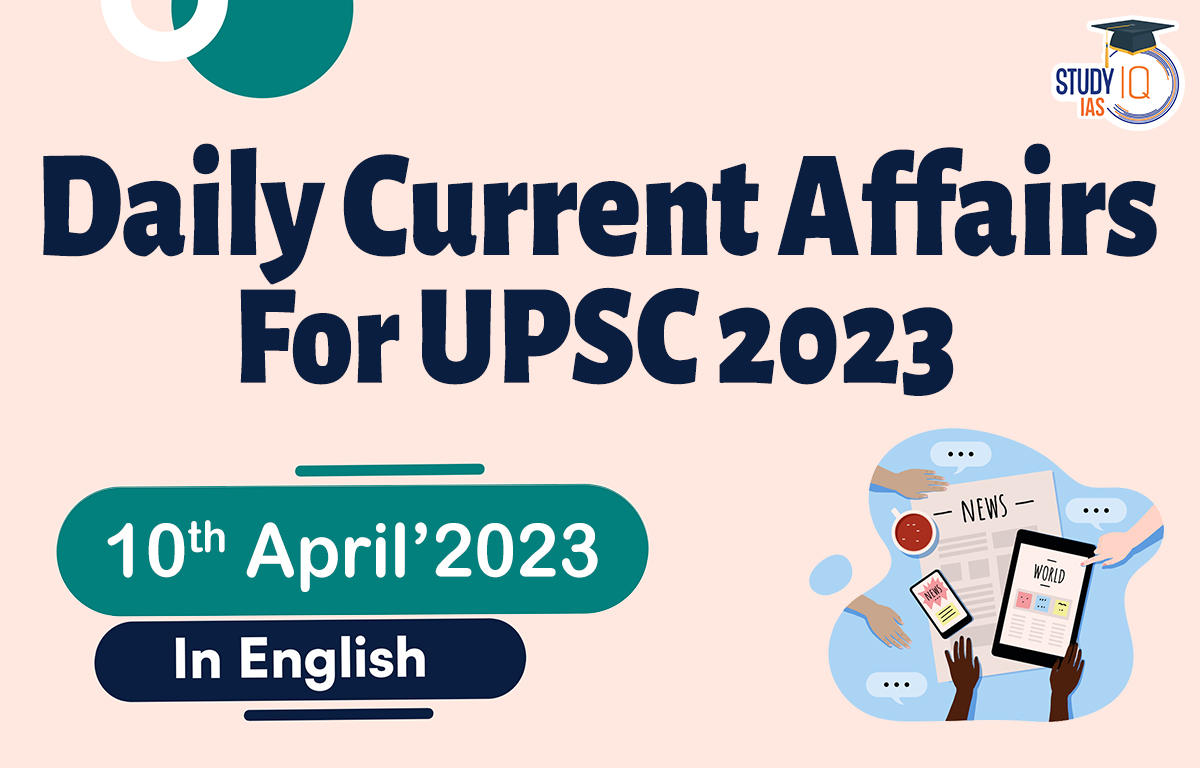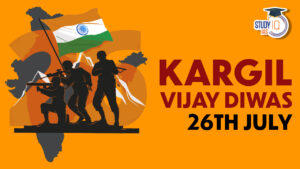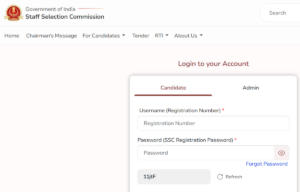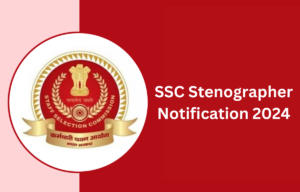Daily Current Affairs for UPSC 2023
Q) Which one of the following statements is not correct about the El Nino Phenomenon?
- El Nino and the Indian monsoon are inversely related.
- High air surface pressure is seen over the western Pacific.
- The strength of the Coriolis force declines during El Nino.
- High wind speeds are experienced during El Nino.
Daily Current Affairs for UPSC – 8 April 2023
Explanation:
- Option (1) and (2) are correct: El Nino is a Spanish word that means ‘The Little Boy’. The occasional climatic change and development of warm ocean surface waters along the coast of Peru and Ecuador are called El Nino effect. El Nino and Indian monsoons are inversely related. The most prominent droughts in India-six of them-since 1871 have been El Nino droughts, including the recent ones in 2002 and 2009. However, not all El Nino years led to a drought in India. In El Nino, the trade winds which blow along the Equator from east to west weakened and created high air pressure in the Western Pacific Ocean and low air pressure in the eastern Pacific Ocean.
- Option (3) is correct: Several international agencies predicted that there’s a 50 percent chances of El Nino in the second half of 2023. The central and east Pacific ocean warms up for six months, creating an El Nino effect. During El Nino, warming the central and east pacific oceans reduces the usual upwelling of cold water, ultimately reducing the nutrient content in that region. Coriolis force strength declines during El Nino.
- Option (4) is incorrect: El Nino directly impacts India’s agrarian economy as it tends to lower the production of summer crops such as rice, sugarcane, cotton, and oilseeds. In the eastern Pacific Ocean and surrounding nations like Chile, Peru, and Ecuador, El Nino causes excessive rainfall. El Nino has low wind speeds.
Q) With reference to blue economy, consider the following statements:
- India is the second-largest fish-producing country and contributes about 15 percent of the global fish production.
- Offshore renewable wind power generation is also a component of the blue economy.
- NABARD is the nodal implementation agency for the Fisheries and Aquaculture Infrastructure Development Fund.
Which of the statements given above is/are correct?
- 1 and 2 only
- 2 only
- 1 and 3 only
- 1, 2 and 3
Explanation:
- Statements 1 and 3 are incorrect: India is the third largest fish producing country, contributing 8% to the global fish production and ranks second in aquaculture production. With 12 major ports and 187 non-major ports, handling about 1,400 million tonnes of cargo, 95% of India’s trade by volume transits by sea. India’s Exclusive Economic Zone is rich in living and non-living resources and holds significant recoverable resources of crude oil and of recoverable natural gas. Fisheries and Aquaculture Infrastructure Development Fund (FIDF) was launched by the Union Government in 2018 with a total fund size of Rs 7522.48 crore, with the aims to achieve a sustainable growth of 8-9% in the fisheries sector. The National Fisheries Development Board (NFDB) is the nodal implementing agency for FIDF Scheme. NFDB receives proposals from eligible entities, undertakes scrutiny of proposals and place it before the Central Approval & Monitoring Committee (CAMC) for approval.
- Statement 2 is correct: The World Bank defines “blue economy” as “sustainable use of ocean resources for economic growth, improved livelihoods and jobs, while preserving the health of the ocean ecosystem”. The examples of activities that could count towards a blue economy are Seafood harvesting (fishing and aquaculture), extraction and use of marine non-living resources (minerals and oil and gas), generation of renewable energy (such as offshore wind), and commerce and trade are
Q) Consider the following statements about the Language Friendship Bridge project:
- It is UNESCO’s flagship project to increase awareness of languages spoken in various Asian countries.
- The project will promote both the Khmer language of Cambodia and the Ghoti language of Tibet.
- The Indian Council for Cultural Relations is the nodal agency for programme implementation.
Which of the statements given above is/are correct?
- 1 and 2 only
- 2 and 3 only
- 1 and 3 only
- 3 only
Explanation:
- Statement 1 is incorrect but statement 2 and 3 are correct: The Indian Council for Cultural Relations (ICCR) has envisaged a special project called ‘The Language Friendship Bridge’ to expand India’s cultural footprint in nations with which it has historical ties. The project aimed at creating a pool of experts in languages spoken in countries such as Myanmar, Sri Lanka, Uzbekistan and Indonesia to facilitate better people-to-people exchanges. The project plans to train five to 10 people in the official languages of each of these countries, with a focus on translating Indian literature into these languages. As of now, the ICCR has zeroed in on 10 languages: Kazakh, Uzbek, Bhutanese, Ghoti (spoken in Tibet), Burmese, Khmer (spoken in Cambodia), Thai, Sinhalese and Bahasa (spoken in both Indonesia and Malaysia). This project is part of India’s efforts towards soft diplomacy and aims to facilitate stronger people-to-people ties with nations such as Myanmar, Sri Lanka, Uzbekistan, and Indonesia. By training people in the official languages of these countries, India can enhance cultural exchanges in the region. The project also has the potential to create employment opportunities for experts in these languages and contribute to India’s economic diplomacy. The Indian Council for Cultural Relations (ICCR), is an autonomous organisation of the Government of India, involved in India’s external cultural relations (cultural diplomacy), through cultural exchange with other countries and their peoples.
Q) With reference to Livestock Insurance scheme, consider the following statements:
- It is a centrally sponsored scheme that was introduced in 2005.
- The Union government pays 90 percent of the premium, whereas the remaining 10 percent is shared by the state government and the beneficiaries.
- It was recently made a part of the Pradhan Mantri Fasal Bima Yojana.
Which of the statements given above is/are correct?
- 1 only
- 1 and 2 only
- 2 and 3 only
- 1, 2 and 3
Explanation:
- Statement 1 is correct: Livestock Insurance Scheme was implemented on a pilot basis during 2005-06 and 2006-07 of the 10th Five Year Plan and 2007-08 of the 11th Five Year Plan in 100 selected districts. The scheme was later implemented on a regular basis from 2008-09 in 100 newly selected districts of the country. It is a centrally sponsored scheme and is being managed by the respective State Livestock Development Boards.
- Statement 2 is incorrect: Under the scheme 50% premium is borne by GoI whereas remaining 50% is shared 50:50 by the State Government and the beneficiaries. It was later subsumed under the Sub-mission on Innovation and Extension on livestock development of National Livestock Mission. The total Livestock population is 536.76 million in the country showing an increase of 4.8% over Livestock Census-2012. The total Livestock population in rural and urban area is 514.11 million and 22.65 million respectively with percentage share of 95.78% for rural and 4.22% for urban area. Total Bovine population (Cattle, Buffalo, Mithun and Yak) is 303.76 million in 2019 which shows an increase of 1.3% over the previous census.
- Statement 3 is incorrect: Central Government is considering a comprehensive livestock insurance scheme on the line of Prime Minister’s Fasal Bima Yojana. At present, less than 1% of the country’s cattle population is insured. Not even a single animal was insured during 2022-23, whereas during 2021-22, 1,74,061 were insured. It will replace the present Livestock Insurance Scheme.
Q) Consider the following statements about the ‘Autoimmune Diseases’:
- It occurs due to inappropriate immune response by the body to tissues present in the body.
- Autoimmune diseases are more common in males than in females.
- They are more common during the reproductive years.
Which of the statements given above is/are correct?
- 1 only
- 1 and 2 only
- 1 and 3 only
- 2 and 3 only
Explanation:
- Statement 1 is correct: Autoimmune diseases arise from an abnormal immune response of the body against substances and tissues normally present in the body (autoimmunity). This may be restricted to certain organs or involve a particular tissue in different places. Normally our immune system produces proteins called antibodies that protect the body from these invaders.
- Statement 2 is incorrect: Autoimmune means our immune system cannot tell the difference between these foreign invaders and our body’s healthy tissues (“auto” means “self”) and creates auto-antibodies that attack and destroy healthy tissue. These auto-antibodies cause inflammation, pain, and damage in various parts of the body. Autoimmune diseases are more common in females with a female-to male ratio ranging from 10:1 to 1:1.
- Statement 3 is correct: Evidence suggests that obese individuals have a higher risk of developing autoimmune diseases such as type 1 diabetes. They can occur at any age but are more common during the reproductive years. It has been estimated that autoimmune diseases are among the top ten leading causes of death among women in all age groups up to 65 years. A substantial minority of the population suffers from these diseases, which are often chronic, debilitating, and life-threatening. An autoimmune disease also increases the risk of co-morbidities like cancer, stroke, mental illnesses, infections and risk of early mortality (shortened life span).


 Kargil Vijay Diwas 2024, Date, History a...
Kargil Vijay Diwas 2024, Date, History a...
 SSC CGL Apply Online 2024, Last Date is ...
SSC CGL Apply Online 2024, Last Date is ...
 SSC Stenographer 2024 Notification Out a...
SSC Stenographer 2024 Notification Out a...

















